-
Welcome to Tacoma World!
You are currently viewing as a guest! To get full-access, you need to register for a FREE account.
As a registered member, you’ll be able to:- Participate in all Tacoma discussion topics
- Communicate privately with other Tacoma owners from around the world
- Post your own photos in our Members Gallery
- Access all special features of the site
How to: Lower intermediate steering shaft fix
Discussion in '2nd Gen. Tacomas (2005-2015)' started by 12TRDTacoma, Nov 15, 2019.


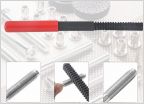 Front CV
Front CV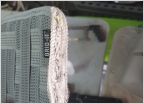 Center Console Mod - Pic Heavy
Center Console Mod - Pic Heavy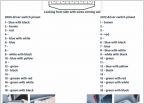 2005-2011 driver window switch conversion to 2012-2015
2005-2011 driver window switch conversion to 2012-2015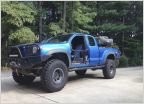 Question Re. Tires (Yes, I Already Searched)
Question Re. Tires (Yes, I Already Searched)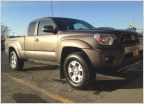 Order a '15, or wait...
Order a '15, or wait...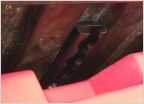 Truck Bed - Made from Composite material?
Truck Bed - Made from Composite material?


